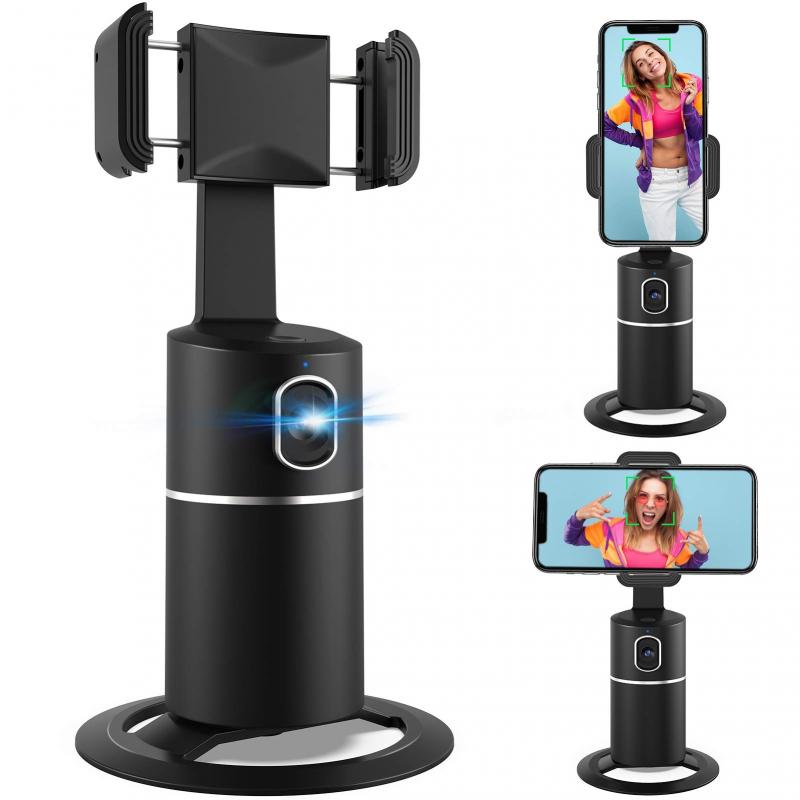How To Make A Projector With Phone?
Creating a DIY projector using your phone is a fun and educational project that can be done with a few simple materials. This project is not only cost-effective but also a great way to understand the basics of optics and projection. In this article, we will walk you through the step-by-step process of making a projector with your phone, discuss the science behind it, and provide tips to enhance your viewing experience.
Materials Needed

Before we dive into the steps, let's gather the materials you'll need:
1. A shoebox or any similar-sized box: This will serve as the body of your projector.
2. A magnifying glass: This will act as the lens to project the image.
3. A smartphone: This will be the source of your video or image.
4. Black paper or paint: To line the inside of the box and reduce light leakage.
5. Tape or glue: To secure the components in place.
6. A utility knife or scissors: To cut the box and make necessary adjustments.
7. A stand or support for your phone: To keep it stable inside the box.
Step-by-Step Guide
Step 1: Prepare the Box
Start by selecting a shoebox or any box that is large enough to hold your phone and has some extra space for adjustments. The box should be sturdy to maintain its shape during the process.
1. Line the Inside: Use black paper or paint to line the inside of the box. This will help absorb excess light and improve the quality of the projection.
2. Cut a Hole for the Lens: On one of the shorter sides of the box, cut a hole that matches the diameter of your magnifying glass. This hole will hold the lens in place.
Step 2: Install the Lens
1. Secure the Magnifying Glass: Place the magnifying glass in the hole you just cut. Use tape or glue to secure it firmly. Ensure that the lens is centered and stable.
2. Check for Light Leaks: Make sure there are no gaps around the lens where light can escape. Use additional tape or black paper to seal any gaps.
Step 3: Position Your Phone
1. Create a Phone Stand: You can use a small box, a stack of books, or any other support to hold your phone inside the box. The phone should be positioned so that its screen faces the magnifying glass.
2. Adjust the Distance: The distance between the phone and the lens will affect the focus and size of the projection. Start with the phone about halfway into the box and adjust as needed.
Step 4: Set Up the Projection
1. Invert the Screen: Since the lens will flip the image upside down, you need to invert your phone's screen. On most smartphones, you can do this by going to the accessibility settings and enabling the screen rotation lock.
2. Maximize Brightness: Set your phone's brightness to the maximum level to ensure a clear projection.
3. Play the Content: Open the video or image you want to project. Make sure it is in full-screen mode for the best results.
Step 5: Fine-Tune the Projection
1. Adjust the Focus: Move the phone closer to or further from the lens to find the optimal focus. You may need to experiment with different distances to get a sharp image.
2. Stabilize the Setup: Ensure that the box, lens, and phone are all stable and secure. Any movement can disrupt the projection.
Understanding the Science
The basic principle behind this DIY projector is the use of a convex lens (the magnifying glass) to project an enlarged image onto a surface. When light from your phone's screen passes through the lens, it bends and converges to form an image on the opposite side. The distance between the lens and the phone, as well as the distance from the lens to the projection surface, determines the size and clarity of the image.
Tips for Better Projection
1. Dark Room: Use the projector in a dark room to enhance the visibility of the projection.
2. Smooth Surface: Project the image onto a smooth, white surface for the best results.
3. Stable Setup: Ensure that your setup is stable to avoid any disruptions during the projection.
4. Quality Content: Use high-resolution videos or images to get a clearer projection.
Troubleshooting Common Issues
1. Blurry Image: If the image is blurry, adjust the distance between the phone and the lens. Fine-tuning the focus is crucial for a sharp projection.
2. Dim Projection: Ensure that your phone's brightness is set to the maximum level. Also, check for any light leaks in the box that might be reducing the projection's brightness.
3. Image Orientation: If the image is upside down, make sure you have inverted your phone's screen. This can usually be done through the accessibility settings.
Enhancing Your DIY Projector
If you want to take your DIY projector to the next level, consider the following enhancements:
1. Better Lens: Invest in a higher-quality magnifying glass or a proper projector lens for a clearer and brighter image.
2. Cooling System: Prolonged use of your phone inside the box can cause it to overheat. Adding small ventilation holes or a cooling fan can help manage the temperature.
3. Sound System: The sound from your phone might not be loud enough. Connect your phone to external speakers for a better audio experience.
Making a projector with your phone is a rewarding DIY project that combines creativity with basic scientific principles. By following the steps outlined in this article, you can create a functional projector that can be used for movie nights, presentations, or simply as a fun experiment. Remember to experiment with different setups and adjustments to get the best results. Happy projecting!
